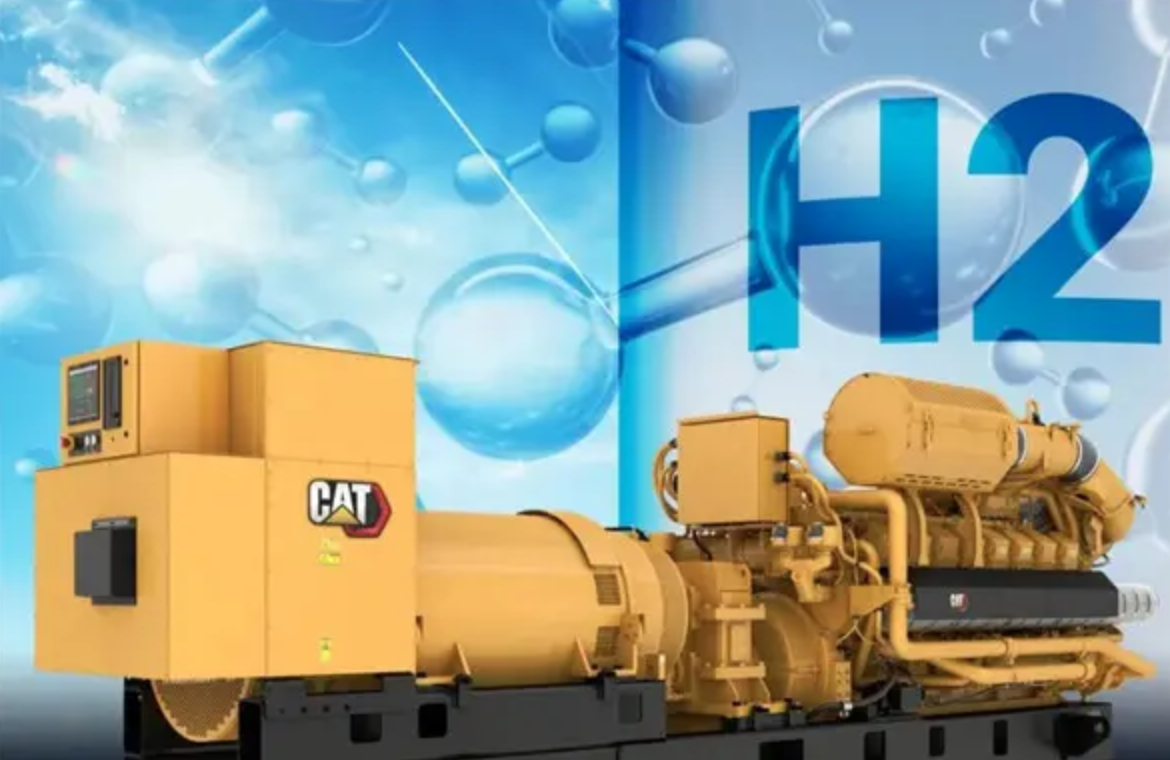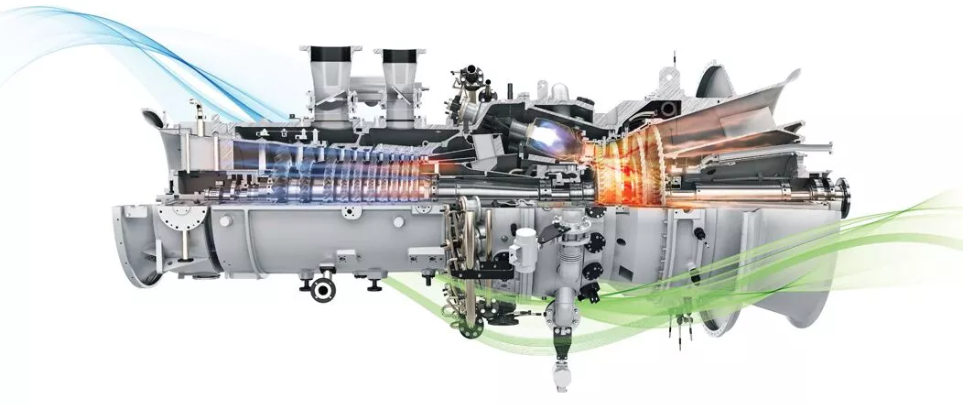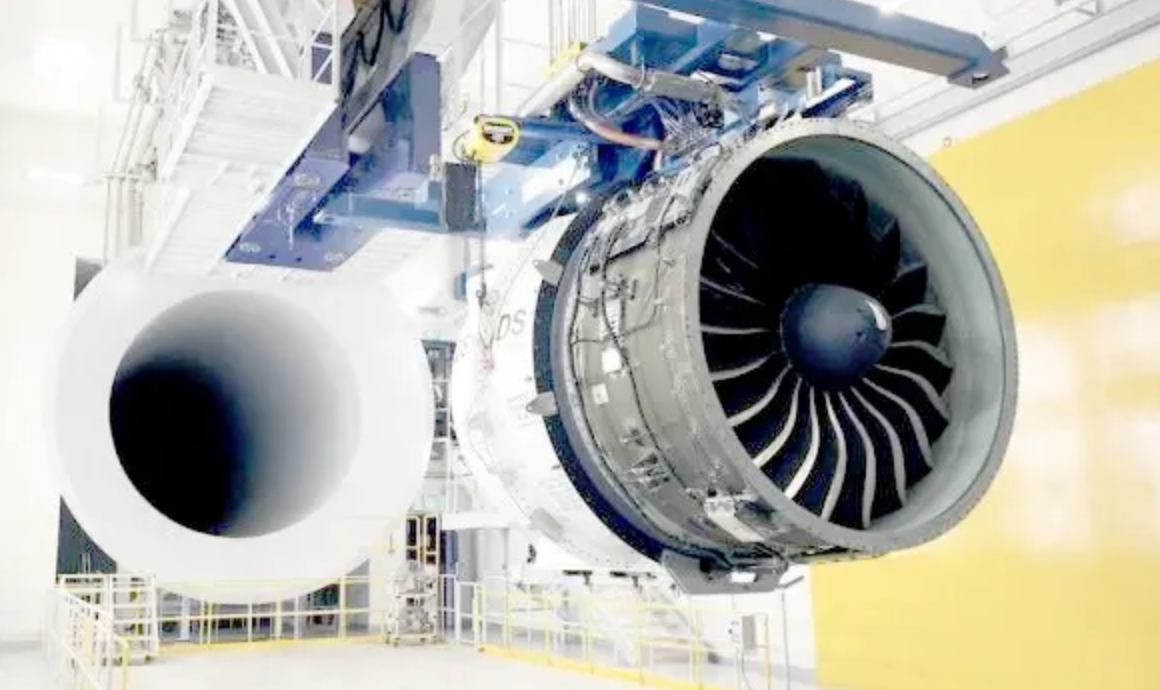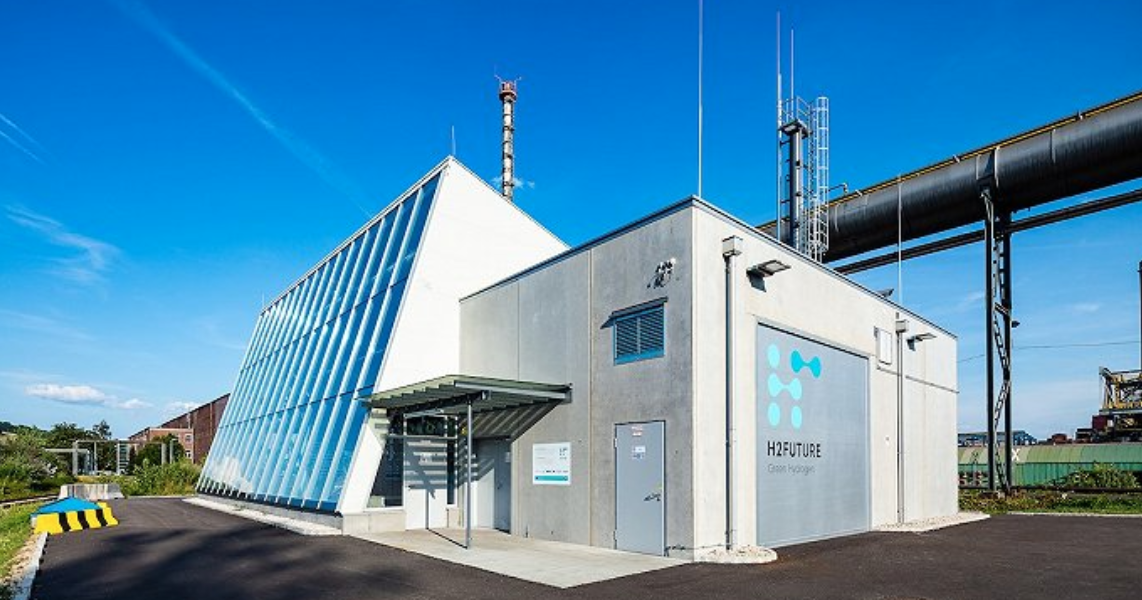Recently, the National Energy Administration and the Ministry of Science and Technology jointly issued the "14th Five-Year Plan for Scientific and Technological Innovation in the Energy Sector" (hereinafter referred to as the "Plan"). Among them, the "gas power generation technology" section has set three key tasks, all of which focus on the gas turbine body technology , which not only lays out the long-term pain points of equipment technology, but also responds to the hot issues of changes in the energy and power situation. Currently, the energy system is dominated by two largely independent, trillion-dollar carrier systems—electricity and hydrocarbon fuels. In the United States today, approximately 40% of energy is transported by electricity and 60% by fuel. Fuels are chemical-based energy carriers with high energy density that enable long-distance transport. While many questions remain about the relative roles of electricity and chemical energy carriers in a decarbonized economy, two things seem clear: 1. The use of fossil fuels as an energy source and carrier will decrease, although probably not to zero. 2. The use of "artificial" chemical energy carriers, such as hydrogen produced using renewable energy, will grow. These will be used to transfer energy from source to user, as well as to store energy. |What is a gas turbine? Gas Turbine is an internal combustion power machine that uses a continuous flow of gas as a working medium to drive the impeller to rotate at a high speed and convert the energy of the fuel into useful work. It is a rotary impeller heat engine. In the main process of air and gas in a gas turbine, there is only a gas turbine cycle composed of three major components: the compressor, the combustor, and the gas turbine, which is generally referred to as a simple cycle. Most gas turbines use a simple cycle scheme. At present, the gas turbine market is mainly monopolized by foreign companies. From 2015 to 2021, the global gas turbine market scale will show an upward trend. GIR statistics show that in terms of revenue, the global gas turbine revenue in 2021 will be about 16,120 million US dollars, and it is expected to reach 19,270 million US dollars in 2028. . Affected by the epidemic, the market size of China's gas turbine industry will reach 50.343 billion yuan in 2020. With the normalization of epidemic prevention and control, the development of gas turbine-related technologies, and the successful operation of downstream application scenarios, the market size is expected to rebound. In the race to achieve zero emissions by 2050, gas turbines will need to be adapted or eliminated, and some groups, including General Electric, have been working on transitioning them to burning green hydrogen as a cleaner fuel source. GE has more than 100 turbines that use at least 5 percent hydrogen fuel (by volume), and it says it's on its way to 100 percent. |Transportation and storage safety of hydrogen fuel Regardless of whether it is remote hydrogen production or terminal hydrogen production, the large-scale uninterrupted transportation of hydrogen through natural gas pipelines is considered to be the most convenient and efficient. However, hydrogen has a wider explosion limit and faster combustion rate than natural gas. Due to the degradation effect of hydrogen on metal materials, the safety problem of using existing natural gas pipelines to transport mixed hydrogen or pure hydrogen fuel needs to be solved urgently. In order to ensure that the output of the gas turbine remains unchanged, the volume flow of natural gas in the pipeline needs to be increased by 3.3 times. Therefore, it is necessary to increase the pressure drop of the pipe side and enhance the transportation capacity of the fuel. The embrittlement characteristics of hydrogen to metal materials and the penetration of hydrogen Such unfavorable factors are viciously superimposed in the high-pressure operating environment. Therefore, the transportation of hydrogen or hydrogen-mixed fuel has particularly high requirements on pipes and their processing technology. Once the existing pipelines are used to transport hydrogen or hydrogen-mixed fuels in the future, the pipelines must be re-detected, repaired, updated and regularly inspected [5] . A large amount of hydrogen storage in the factory area is bound to be a major source of danger, which is subject to the supervision of various departments. In order to reduce the occurrence of risk accidents, the best mode of hydrogen power generation is to use it immediately, eliminate the storage link, and reduce the potential danger in the intermediate process. |Economy of Hydrogen Fuel Gas Turbine Power Generation The main cost of gas turbine power generation lies in fuel, and hydrogen is a renewable energy source. Therefore, the cost of hydrogen production will be a key factor in determining the promotion and application of hydrogen power generation. According to the technical roadmap of China's hydrogen energy industry infrastructure development, the most ideal model in the future is large-scale green hydrogen production from renewable energy sources such as solar energy, wind energy, and biomass energy. At present, large-scale industrial hydrogen production is mainly based on the refining of fossil energy such as coal and natural gas. The mainstream F-class heavy-duty gas turbines can generate 5 to 5.5 kWh of natural gas per standard square meter. It is assumed that the efficiency after replacing natural gas with hydrogen remains unchanged ( Other technical limitations are not considered for the time being), under the condition that the calorific value of natural gas per standard square is 3.3 times that of hydrogen, the median of the power generation is 5.25kWh, and the fuel efficiency of natural gas, natural gas to hydrogen, and coal to hydrogen is obtained. The electricity costs are 0.438kWh/yuan, 0.754kWh/yuan, and 0.597kWh/yuan respectively. Therefore, fossil energy hydrogen production replaces natural gas for pure power generation. Under the existing policy background, even if low-nitrogen burners can be put into use, there is no market competitive advantage. Non-renewable features will eventually be phased out. Despite the status quo, with the maturity of the hydrogen energy industry, the management of intermediate links and the corresponding reduction in technical costs, the use of renewable energy to generate hydrogen for power generation will be the most ideal gas turbine hydrogen power generation mode in the future. |Future Trend When the technology and business model are feasible, the cost of green hydrogen becomes the next focus of the hydrogen industry. In China, compared with gray hydrogen and blue hydrogen, green hydrogen has the advantages of environmental protection, energy coupling and flexibility of production and consumption, but there is a certain gap in economics, which is reflected in the higher cost of equipment input and higher cost of electricity. . With technological innovation and industrial scale, the cost of hydrogen energy from manufacturing, transportation to storage is expected to drop rapidly. Take the electrolysis of water for hydrogen production as an example. According to the estimates of the International Hydrogen Energy Alliance, with the development of technology and the scale of the market, by 2030, the cost will drop by at least about 60% compared with 2020. Gas turbine natural gas power generation is an effective support for the construction of a new power system at present, and it is a "bridge equipment" for energy transformation in the near and medium term. Therefore, the hydrogen gas turbine is expected to become the main equipment of the new power system in the future and play an important role in the future energy system.








